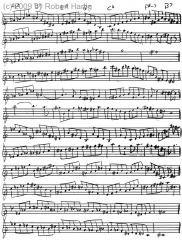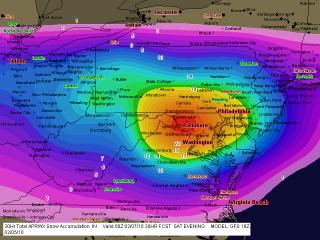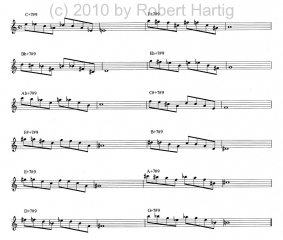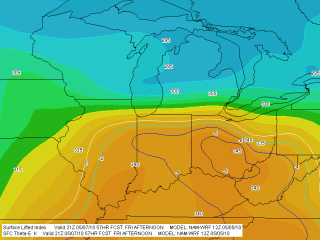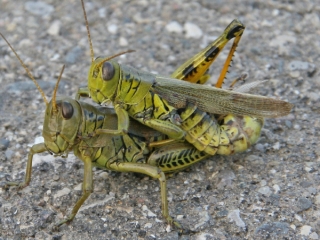I hadn’t planned to chase storms today, but Kurt Hulst made me an offer too good to turn down, and off we went. For all the hoopla, with a tornado watch covering most of Indiana and Ohio and a 10 percent tornado risk outlined in exactly the same area south of the Michigan border as last week, the storms nevertheless turned out to be pretty garden variety.
In fact, nothing materialized south of us where we expected it to. Instead, Kurt and I got pleasantly surprised when a couple of cells fired up to our west near Plainwell and almost immediately took on supercellular characteristics. A southwest-northeast-oriented outflow boundary was working its way east, and it provided convergence that fired up a slowly growing line of storms in the weakly unstable warm sector.
We locked onto a promising-looking cell in central Michigan whose top, at between 40-45,000 feet, was the highest of the day. Base level SRV showed on-again/off-again weak circulation for this storm, and reflectivity had it
hooking nicely at different times. It was no monster supercell, but it had its moments. I took photos of a nice lowering while parked just south of the intersection of R Drive and 23 Mile Road 12 miles south of Charlotte. I’d call the feature a wall cloud. While I couldn’t verify rotation, the vertical motion and the position of the lowering just south of the rain shaft under the updraft base were pretty suggestive.What you see was as good as it got. I reported the lowering to KGRR after taking the photos, but the storm began to crap out on us even as I was talking with the meteorologist. We dropped it a few minutes later and headed south to catch a new, developing cell. We’d probably have done better to stick with what we had, as it appeared to strengthen again briefly on radar while the new one went linear right away.
Chases in Michigan more often than not prove to be just entertaining diversions–fun, but it ain’t Kansas, Toto. This one fit that description. It was good to get out with Kurt, and also good to get home without having spent too many miles chasing nothing of any consequence.


